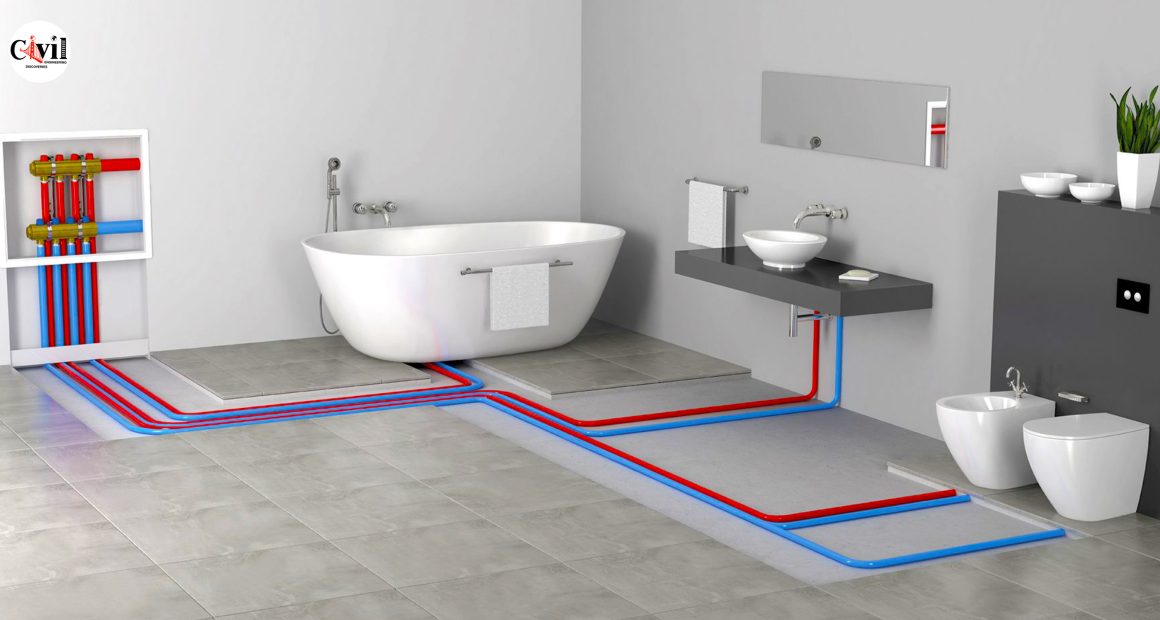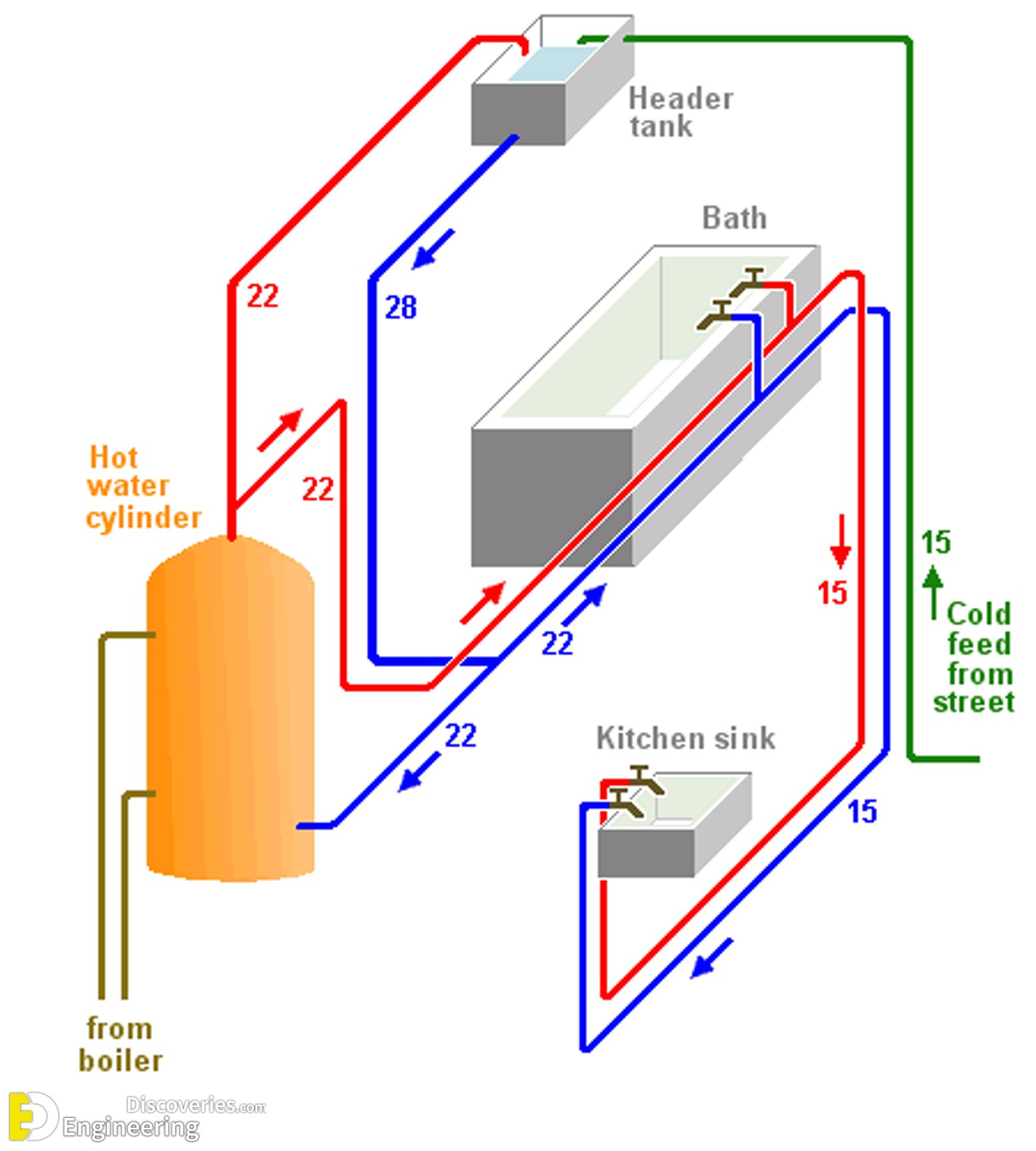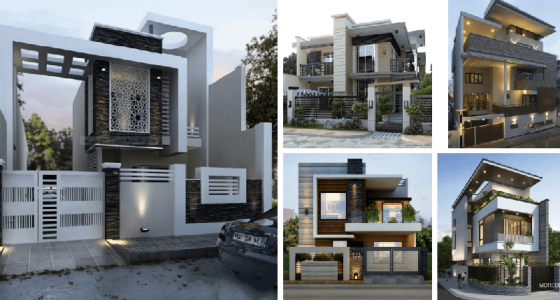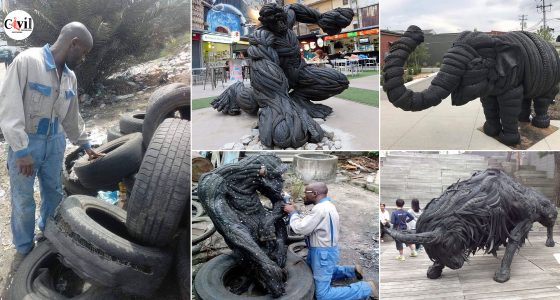The plumbing system consists of pipes, valves, and faucets that work together to supply fresh water, and hot water, and remove wastewater from buildings. Two main systems support the home’s basic plumbing needs – one brings in clean water, and one sends dirty water away.
The Two Main Systems:
Your home’s plumbing system comprises two interconnected systems:
1. Water Supply System: This system brings clean, fresh water into your home.
2. Drainage System: This system removes wastewater from your home and sends it to a municipal sewer system or septic tank.
1. Water Supply System:
- Source: Your water comes from either a city or county water supply delivered through a main pipeline or a private well.
- Entry: The water enters your home through a main water line that connects to a shutoff valve, usually located near the street or under the kitchen sink.
- Pressure: The water is pressurized, which pushes it through the pipes to your fixtures. This pressure typically comes from a pump station at the water treatment plant.
- Split: The main line splits into cold and hot water lines. The cold water line goes directly to the fixtures, while the hot water line passes through a water heater to be heated before reaching fixtures.
- Fixtures: Water reaches your faucets, showers, toilets, washing machines, etc., through a network of pipes made of various materials like copper, PVC, or PEX.
2. Drainage System:
- Fixtures: Wastewater exits your fixtures through drainpipes. Each drainpipe has a trap, usually a U-shaped pipe, that holds water to prevent sewer gases from entering your home.
- Gravity: Wastewater flows downhill through the drainpipes due to gravity.
- Main Drain: All drainpipes eventually connect to a main drain that exits your house.
- Septic System (if applicable): In some areas, homes have septic systems where wastewater flows into a tank for treatment before being released into the ground.
- Sewer System (if applicable): In other areas, homes connect to a municipal sewer system that takes wastewater to a treatment plant.
Additional Points:
- Vents: Vents are crucial for proper drainage and preventing sewer gas backups. They allow air to enter the drain system, which helps to move wastewater and prevent pressure build-up.
- Regular Maintenance: Regular maintenance is essential to keep your plumbing system functioning smoothly. This includes cleaning drains, checking for leaks, and servicing your water heater regularly.
- Professional Help: If you encounter any plumbing issues, it’s best to consult a qualified plumber for repairs. They have the expertise and tools to safely and effectively fix any plumbing problem.
Click Here To See Understanding Your House’s Plumbing Systems – All You Need To Know!











































